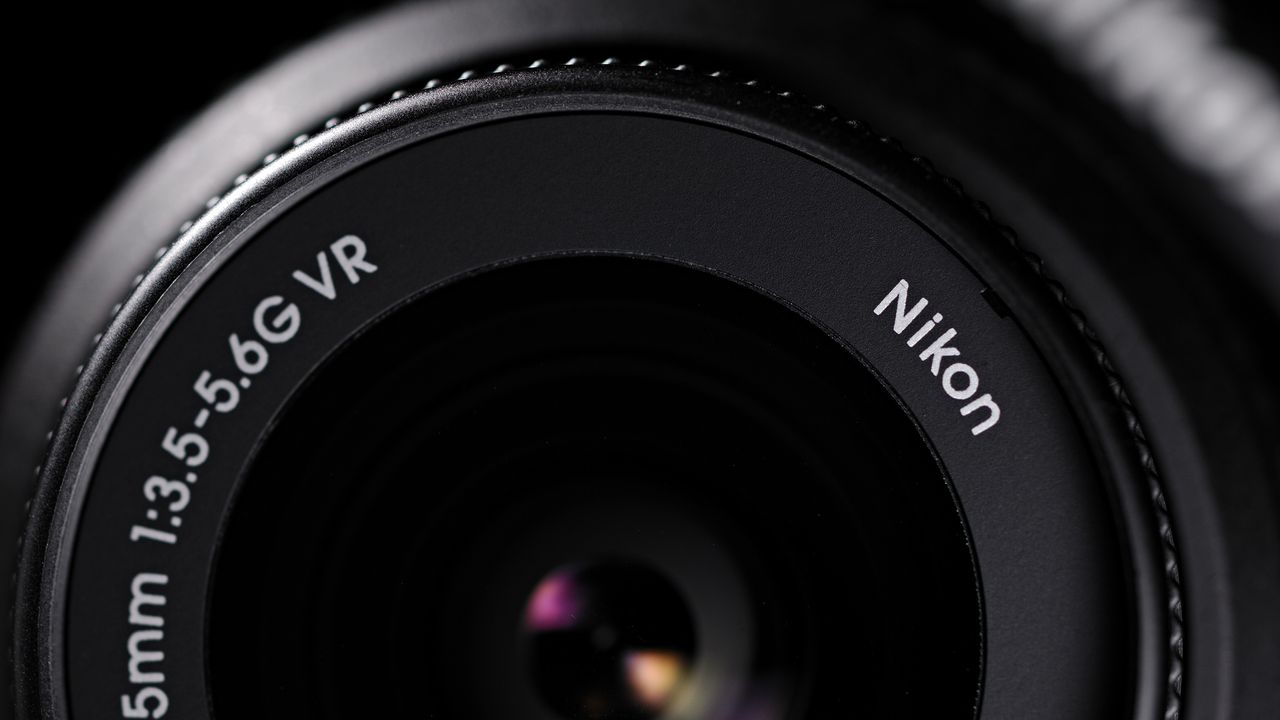
If you're just getting into photography – or if buying a second lens isn't in the budget right now – you're not the only one. Most likely, you start with a kit lens, the optic that came bundled with the camera body, usually a standard zoom. It's a solid all-rounder that can handle a bit of everything, from everyday shooting to landscapes, portraits, and more.
I personally used my kit lens for years, and honestly, these modern lenses don't get the credit they deserve. They're more capable than many think (you can read more about the value of kit lenses here).
That said, every lens has its limits. As you start exploring other photography styles – like macro or wildlife photography – you might find your kit lens falling short. Whether it's the minimum focus distance or not enough zoom reach, those limitations can be frustrating.
But here's the good news: there are smart, budget-friendly tools out there that let you try out new photography genres without having to buy an expensive new lens right away. These tools will help you expand your skills and experiment more – all while sticking with your current gear.
Teleconverter
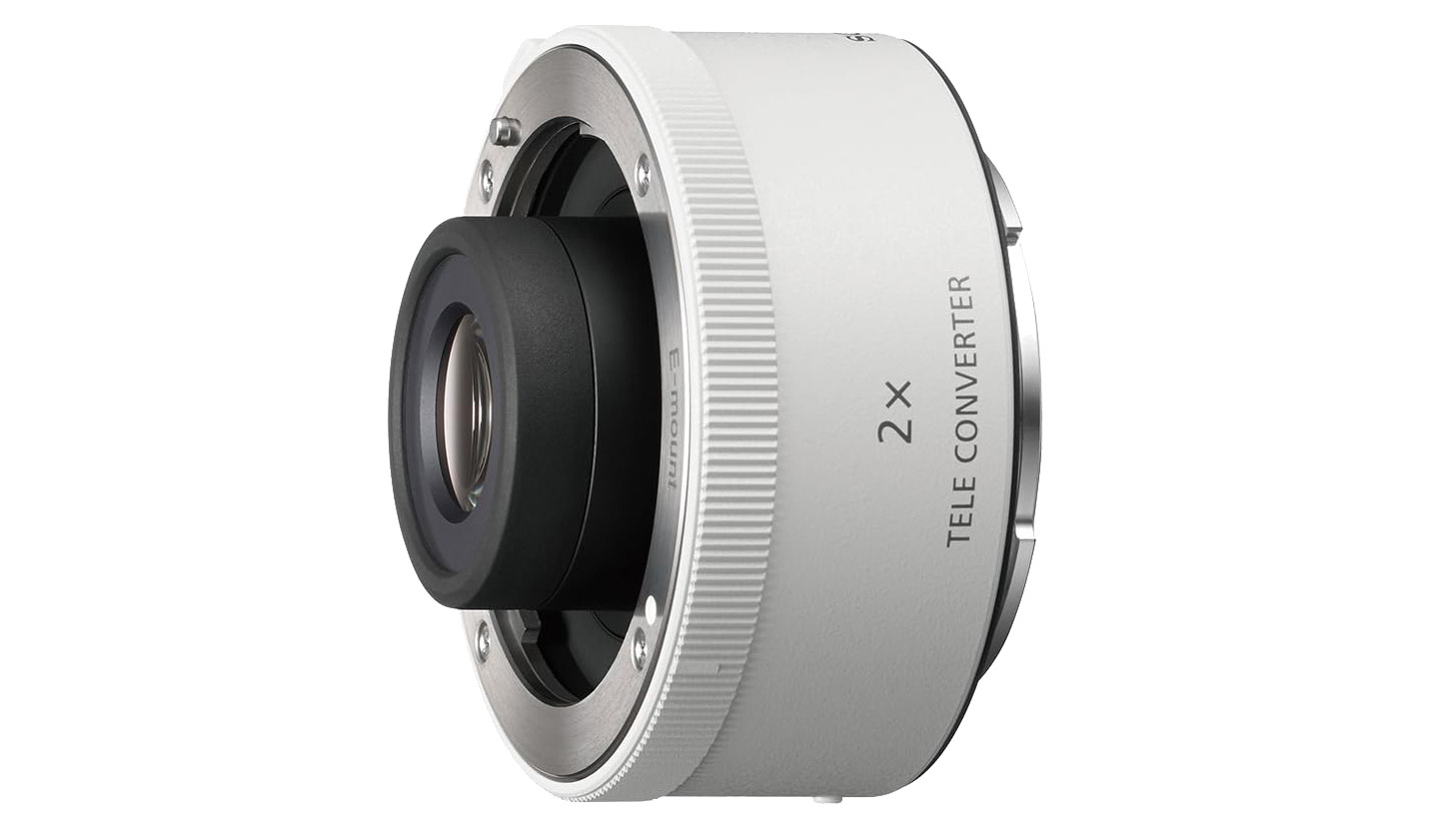
A teleconverter will extend the existing focal length of your lens. For example, when you get a 2x converter, it turns a 300mm lens into a 600mm optic. This will give you serious reach and let you explore faraway subjects in more detail. Just keep an eye on the glass quality, and keep in mind that a teleconverter will reduce the lens' maximum aperture by several stops. This means less light will be able to enter the camera sensor. To compensate for the exposure, don't be afraid to raise the ISO settings, as modern cameras perform well here.
Extension tube
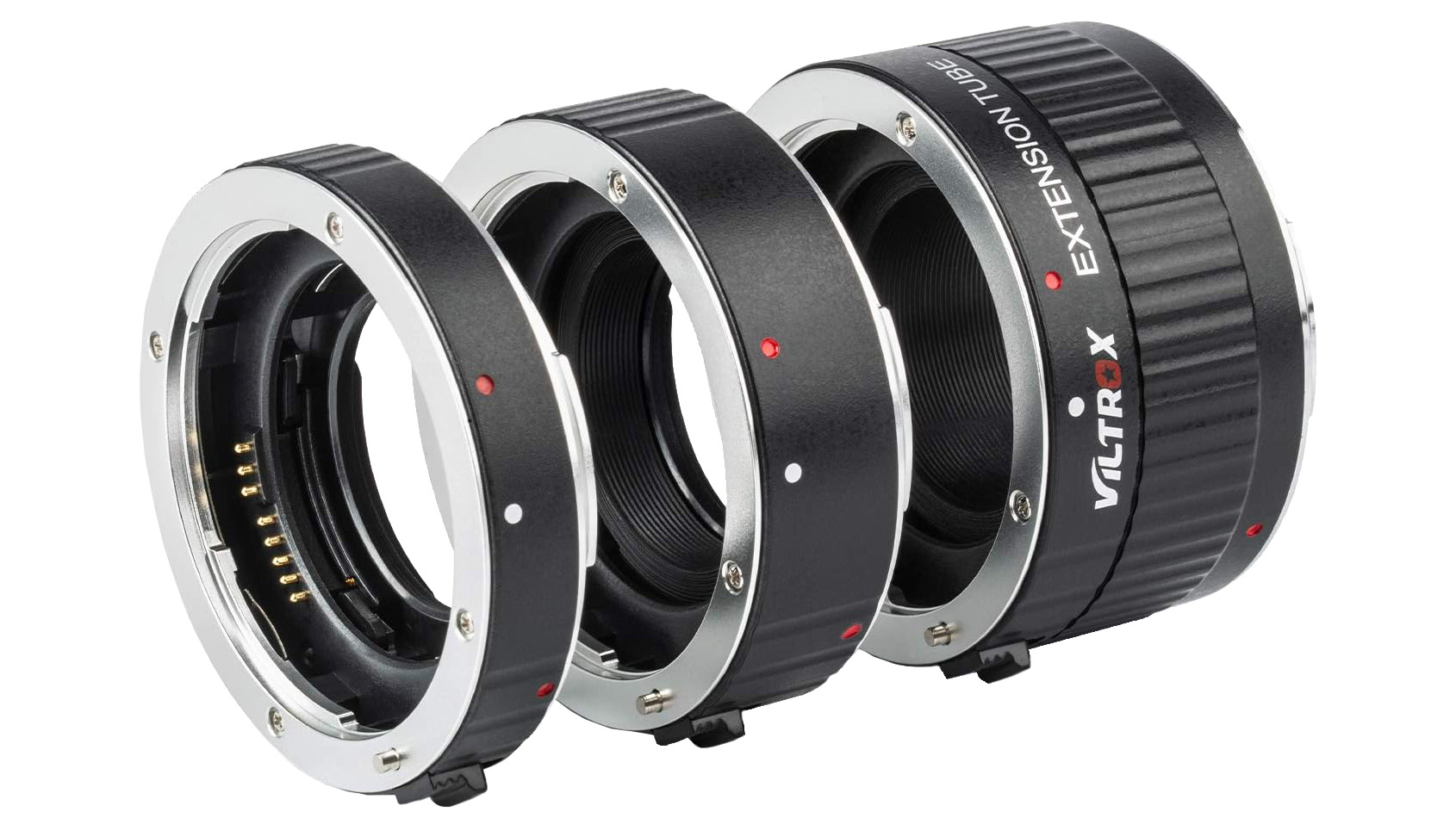
Featuring no glass, just air, an extension tube creates extra space between the lens and sensor, resulting in increased magnification. This allows your camera to focus much closer than the original minimum focus distance, so capturing close-up insights in rich detail will be possible with your kit lens. Extension tubes usually come in sets and can be combined. By stacking them, you can get even closer to your subject.
Tilt-shift adapter
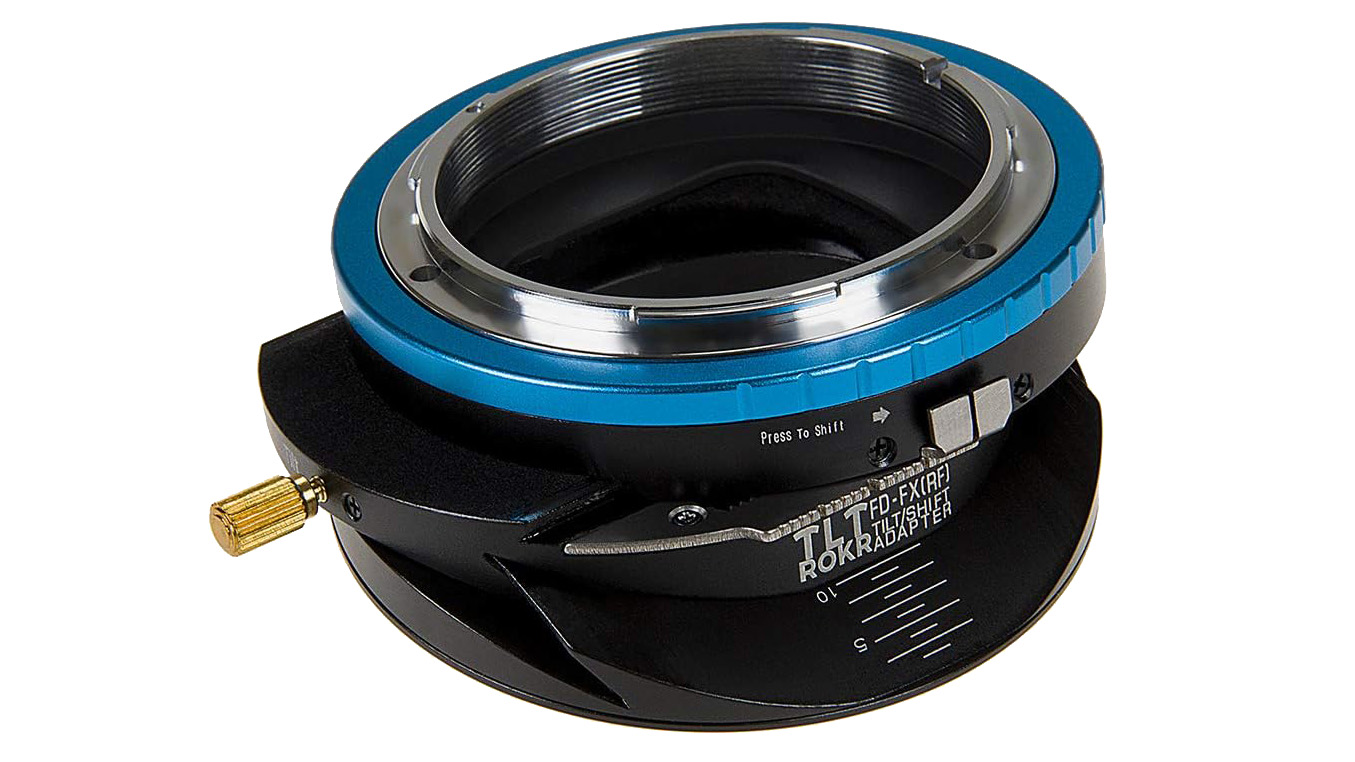
A tilt-shift adapter allows you to convert lenses intended for large sensors into tilt-shift lenses that can be used on cameras with smaller sensors. These adapters are especially useful for architecture photographers, as a tilt-shift optic will correct the distorted lines in images of tall buildings.
Reversing ring
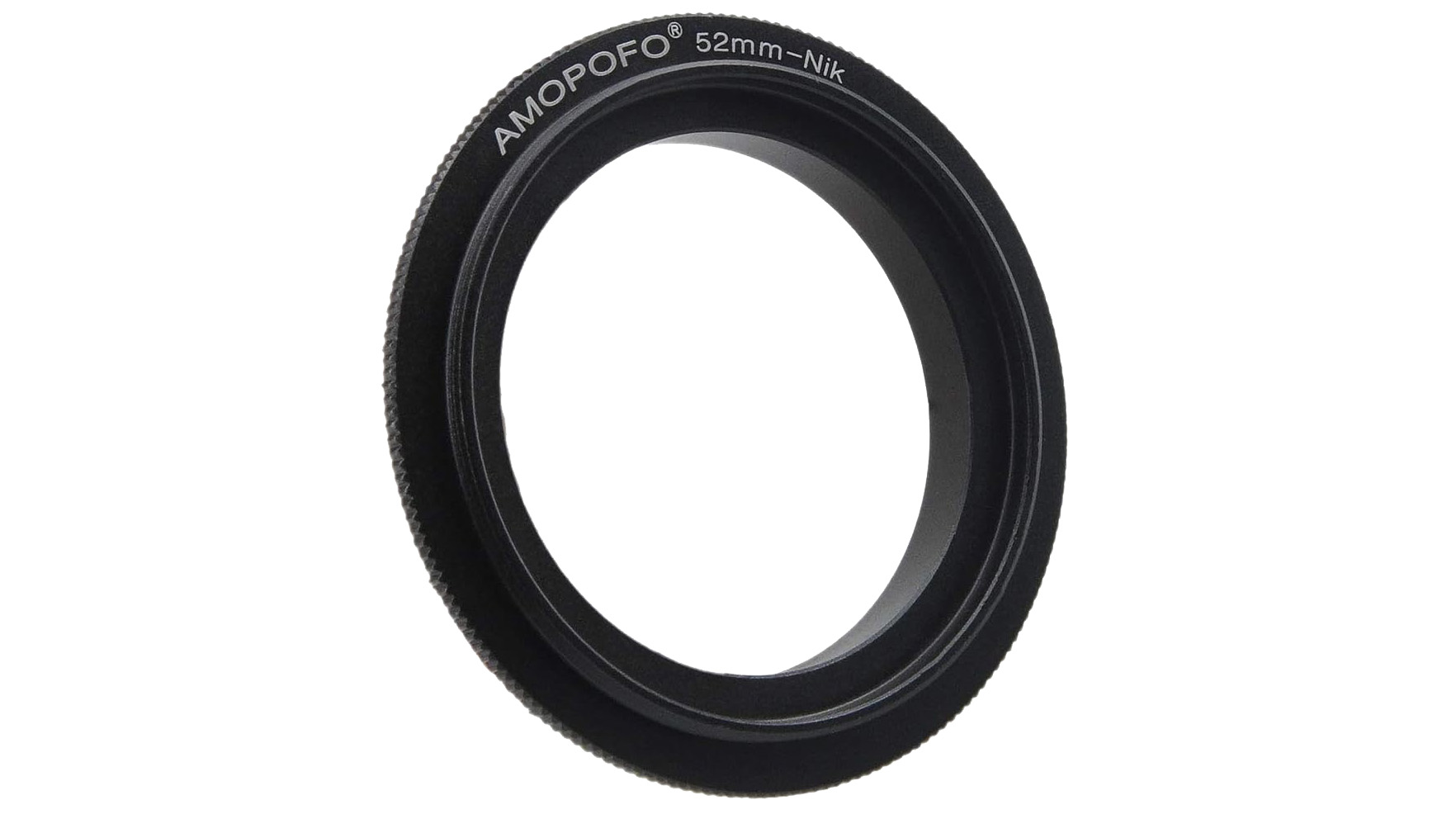
This tool converts your lens into a macro lens, no matter whether it’s a prime or zoom optic. Using a reversing ring allows you to explore macro photography without having to buy a specialist lens. The reversing ring attaches to the lens mount, and the lens is then screwed on backwards.
Close-up diopter
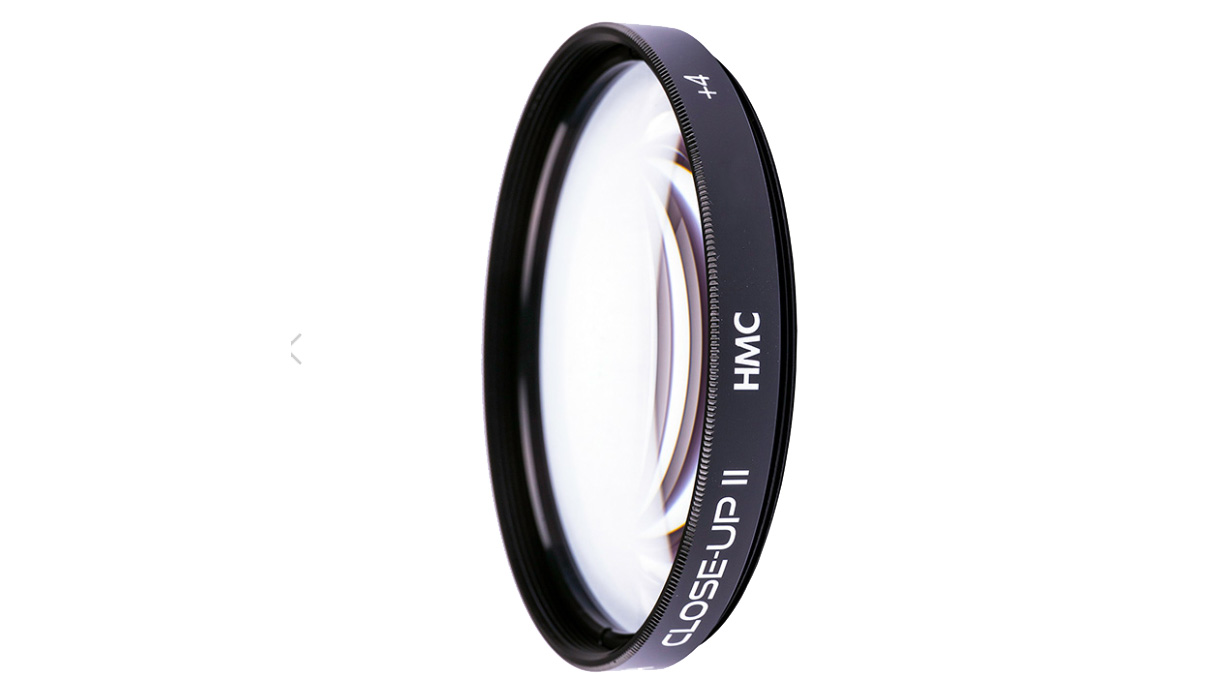
This is another tool that lets you dive into macro photography without a macro lens. Unlike the reversing ring, the close-up diopter sits on top of the lens surface like a regular circular filter. When purchasing one of these, it is essential to invest in good optical glass options to keep your image quality standards up.
You might like...
Browse the best teleconverters, and the best extension tubes.







